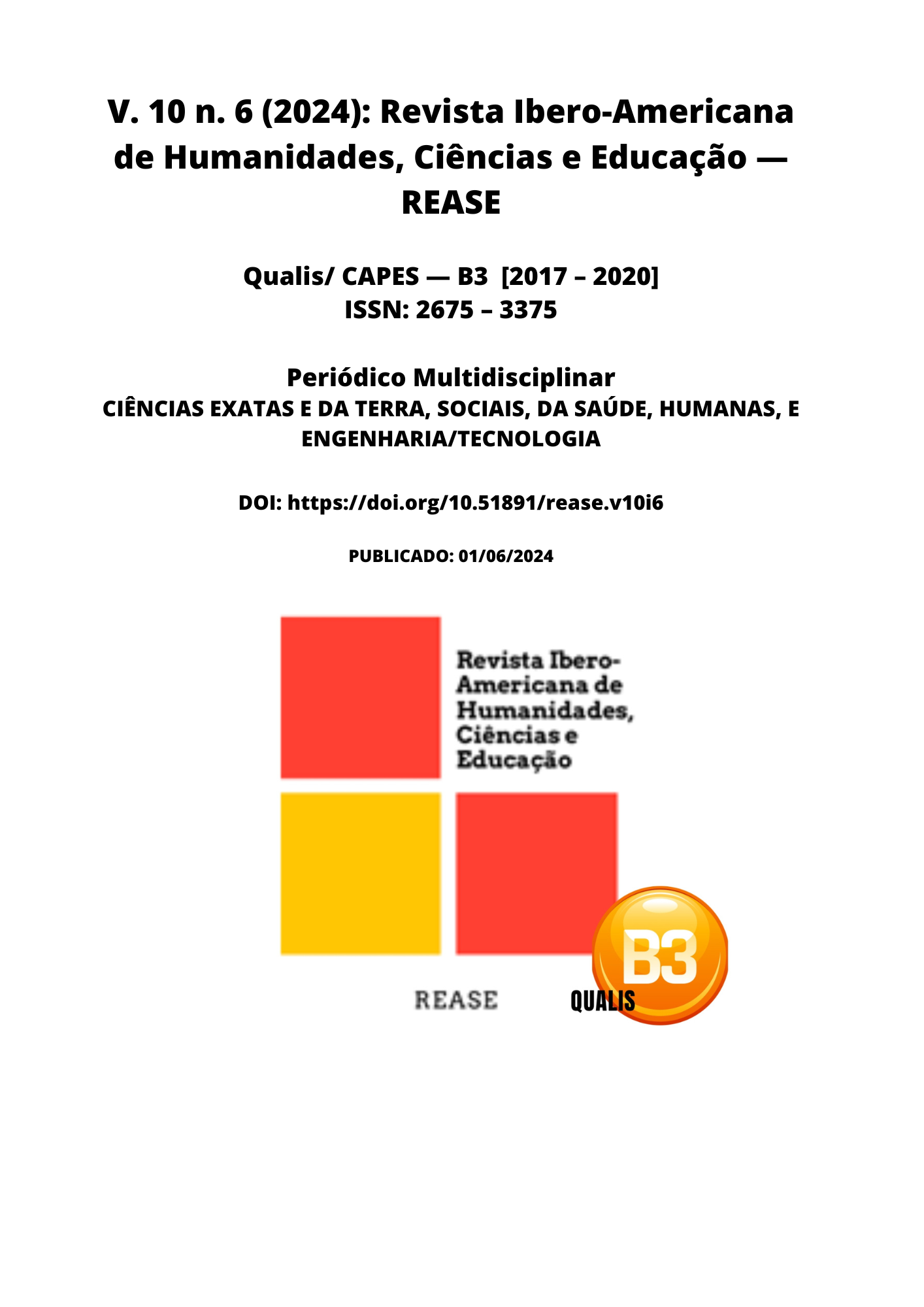SEPSIS IN HOSPITAL SETTINGS: AN INTEGRATIVE REVIEW OF THE LITERATURE
DOI:
https://doi.org/10.51891/rease.v10i6.14298Keywords:
Sepsis. Clinical Management. Care Protocols. Nurses. Hospital Emergency Service.Abstract
The aim of this study was to investigate the role of nurses in the implementation and execution of sepsis protocols in hospital settings, analyzing their contribution to early identification, effective management, and improvement of clinical outcomes in patients with sepsis, as well as to evaluate barriers and facilitators in clinical practice. This is an integrative descriptive literature review conducted in the following databases: PubMed, Scopus, SciELO, Lilacs and Web of Science. The results show that nurses, who are often the first to assess patients, are essential in the early detection of sepsis. The constant assessment of vital signs and the use of screening tools, such as the qSOFA, allow for the rapid identification of the initial signs of sepsis, facilitating the immediate implementation of therapeutic interventions. Continuing education of nurses is highlighted as crucial to ensure readiness and efficiency in the response to sepsis. It is concluded that the implementation of care protocols adapted to local realities is essential to reduce mortality from sepsis and improve clinical outcomes, as well as the continuing education of health professionals, and the promotion of an organizational culture committed to patient safety are crucial to overcome barriers and achieve effective sepsis management.
Downloads
Downloads
Published
How to Cite
Issue
Section
Categories
License
Atribuição CC BY

